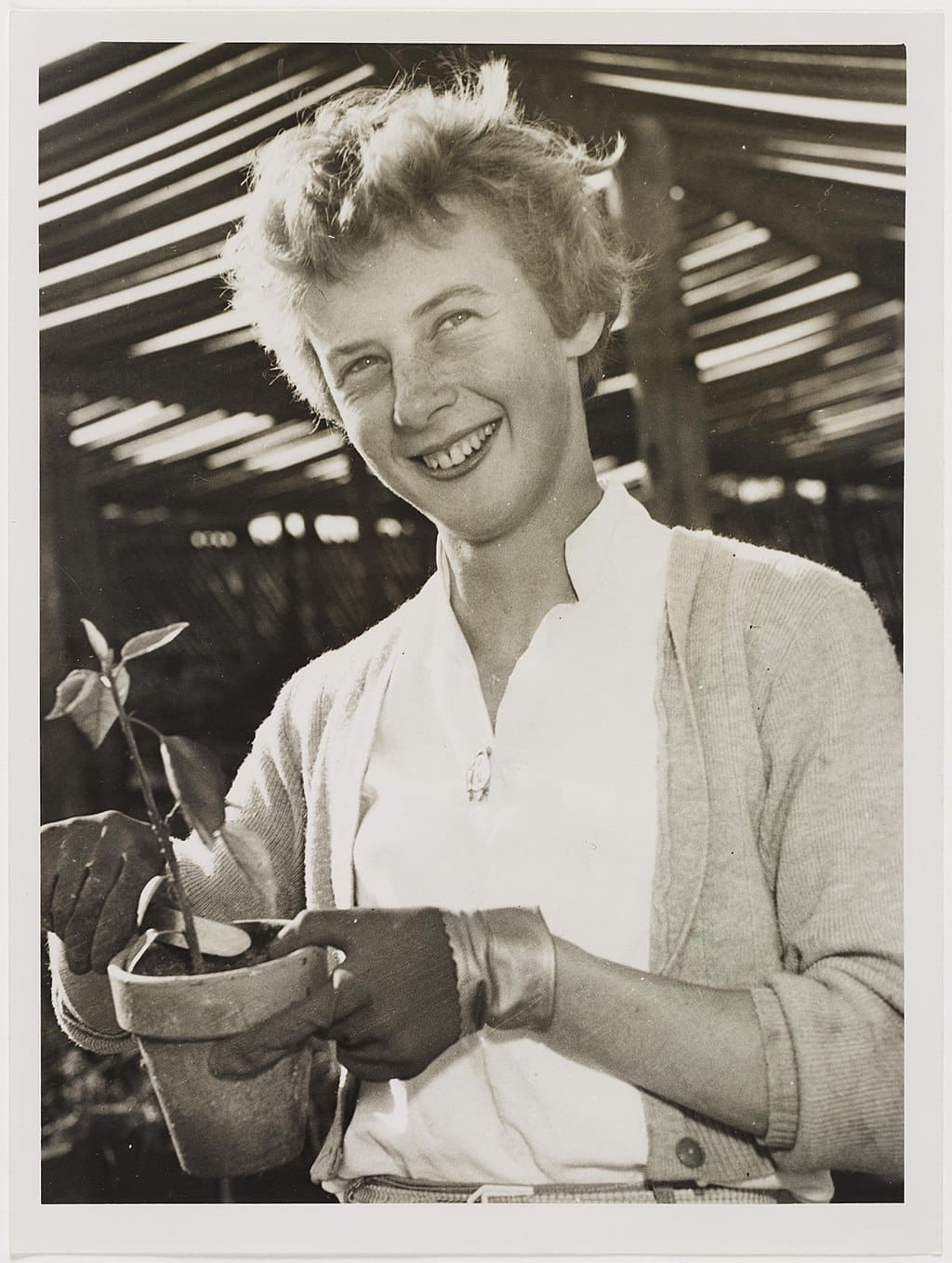IN MORE than 50 years of writing sport, RON REED has met many great champions. Few could ever match Betty Cuthbert – on or off the track:
BETTY Cuthbert spent the last third of her life in a wheelchair battling multiple sclerosis – a cruel fate for a peerless athlete – but she always insisted it was only a temporary setback.
“God will let me run again one day,” she once told me. And there was no doubting she meant it.
The original Golden Girl of Australian sport died on Sunday night, aged 79, without that miracle occurring, but she never became bitter about that or any of the other unfortunate episodes that intruded on her senior years. She was just so proud and happy about what she was able to do in her prime because, to her, it was all God’s work.
Those achievements were prodigious and have never been eclipsed by any Australian track and field athlete at the Olympics, and in terms of gold by only one swimmer. Ian Thorpe won five gold and four minor medals while Cuthbert won four golds. Both won three individual golds. The legendary sprinter also set nine world records.
Aged 18, a shy girl from outer suburban Sydney, she was by far the star of the Melbourne Olympics in 1956, winning the sprint double, the 100m and 200m, and the 100m relay in company with Shirley Strickland, Fleur Mellor and Norma Croker, earning her the soubriquet by which she was to be forever known. She was the first Australian to win gold on home soil.

In Rome four years later a hamstring injury prevented her from making any impact and she retired, unhappy with life as a public figure. “All I wanted to do was to be able to go to dances and parties and enjoy myself like any ordinary girl of my age,” she said.
However, 18 months later she heard God telling her it wasn’t over yet. “This went on until I couldn’t sleep at night, so finally I gave in and said, ‘OK, you win,’” she told me.
She resumed training with legendary coach Percy Cerutty, this time over 400m – later to become Cathy Freeman’s race – which was to be run as a women’s event at the Olympics for the first time in Tokyo, 1964. During the race, she later told Olympic historian Harry Gordon, she felt God was in charge. “It was as if my body had been taken over. He picked my feet up and I put them down.”
After she won again, she asked God: “Have I done enough now?” She had. It was her last race – and probably her best. No other athlete before or since has completed the 100m, 200m and 400m treble.
Only five years later, she contracted MS and later campaigned to raise awareness and funds. “I have finally found a purpose in life: helping others,” she said. “If it was meant to be that I had to get MS in order to help others, then that is what had to happen.”
She moved to Perth in 1985 and to Mandurah in 1991 where she was cared for by friend Rhonda Gilham, also a born-again Christian.
Photographer Wayne Ludbey and I visited them in February, 2003, for a reason that meant a lot to her.
Formal accolades had piled up. She was one of the first inductees to the Sport Australia Hall of Fame – of which she later became an official Legend – and the Athletics Australia Hall of Fame. She was honoured with an AM and the MBE. She also collected the Helms Award, from an American institution honouring the finest amateur athletes.
But she was especially thrilled when a selection panel of which I was a member included her in the original 10 statues that now encircle the MCG, where she made her name. It was our pleasure to pass on an invitation for her to come and see it unveiled. She was the second one to be installed, behind only Sir Donald Bradman.
Our visit was both uplifting and slightly sad. She was still recovering from a brain haemorrhage that almost killed her. “I’m lucky to be talking to you,” she said. “But I wasn’t ready to go.” Her vision and speech were impaired but there was no sign of self-pity, a manifestation of both her qualities as a champion and her deep faith. And, as always, she was still smiling.
We heard how both women had been robbed of their life’s savings by a con-man who said he would help them build a chalet for under-privileged kids. She also lost a home to a mini-tornado in 1993.
Read More: The girl with something special
For all that had gone wrong, she owned up to only one simple regret – that she was so shy when she took the Olympics by storm.
“I just wish I wasn’t,” she said. “I had never stuck my head out the back door. But it was exciting. It didn’t hold me back. It spurred me on.”
What the marketing gurus of today would have made of her then, this “pretty 18-year-old blue-eyed blonde shrub nursery assistant,” as the papers described her, is anybody’s guess. But very wealthy would be one answer.

That never happened – but Australia was enriched beyond measure by the presence of the one true Golden Girl.
RON REED has spent more than 50 years as a sportswriter or sports editor, mainly at The Herald and Herald Sun. He has covered just about every sport at local, national and international level, including multiple assignments at the Olympic and Commonwealth games, cricket tours, the Tour de France, America’s Cup yachting, tennis and golf majors and world title fights.



Discussion about this post